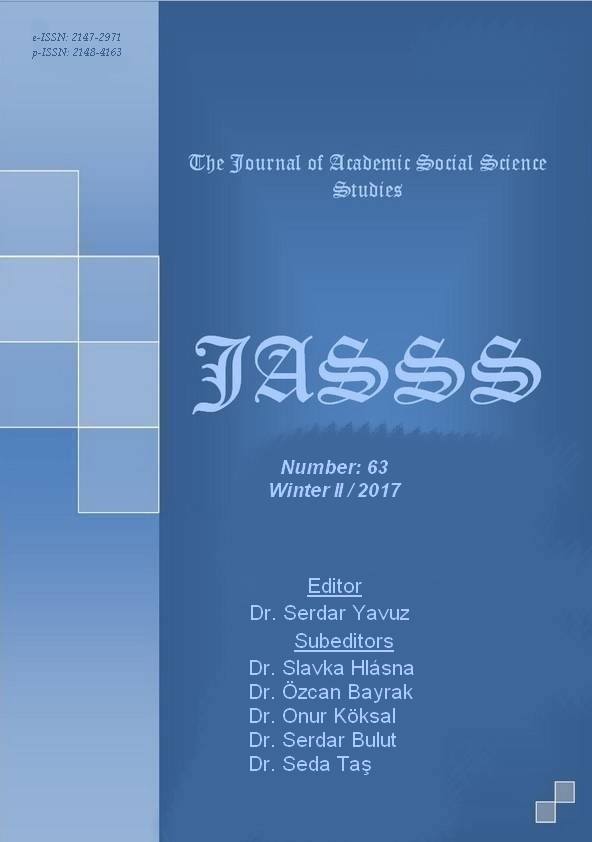Author :
Abstract
Avangard, Fransızca askeri bir terim olan öncü birlik sözcüğünden gelir. Gerek Fransızca'da gerek diğer dillerde kültür, sanat ve politika ile bağlantılı olarak, yenilikçi veya deneysel işler veya kişiler anlamına gelen avangard sanat, kültür, gerçeklik tanımları içindeki kabul edilmiş normları sarsıp sınırlarını değiştirmeyi amaç edinir. Bu normlar sosyal reformdan estetik deneyimlerin değişimine kadar çeşitlilik gösterebilir. Ucuzlatma, bayağılaştırma, ticarileştirme, estetik uygunsuzluk gibi kavramlarla açıklanan kiçin formlarının ilk ortaya çıkışı ise, Romantizm ve Sanayi devrimiyle görülür. Sanayi devrimiyle kiç formlar kitlesel olarak üretilip dağıtılma imkanı bulur, zenginleşen orta sınıf kendi tercihleri doğrultusunda sipariş yoluyla çeşitli ürünleri (resim, edebiyat, müzik) talep eder. Bu da sanatın ticarileşmesine, satılmak için yapılmasına yol açar. Modernistlerce kiç, kültür endüstrisinin ideolojisi doğrultusunda bilinçli olarak, kar amacıyla üretilir. Modernizm özerk bir sanat, yaratıcılığa, eşsizliğe dayanan hayattan ayrı, kurmaca bir evrensel estetik tesis etme amacındaydı. Bunun dışındaki girişimleri kötüleyip kiç olarak tanımladılar. Kulka, kiçi sanat olmayan farklı bir estetik kategori olarak tanımlar ve tanım için net bir formül önerir. 1950-60'larla birlikte başladığı düşünülen postmodern dönüşüm, Modernizmin tüm değerlerine saldırdı. Modernizmin kötü saydığı tüm formlar, özellikle popüler kültür geniş bir kabul görüyordu. İlk kırılma noktası pop-art'ın kiç olarak kabul edilen ticari kültürü sanata dahil etme girişimiydi. Modernizm, kiçi geri çevirirken, postmodernizm ona kucak açtı ve sanat sınırlarını kiçi de içine alacak şekilde genişletti. Anahtar Kelimeler: Modernizm, Postmodernizm, Avangard, Kiç
Keywords
Abstract
Avant-garde is a French military term referring to advance guard. Meaning innovative or experimental works or people in connection with the culture, art and policy terms in French or in other languages, avant-garde aims to modify the recognized norms within the art, culture, and reality definitions. These norms may vary from social reform to change of aesthetical experiences. First emergence of the kitsch forms described with cheapening, desublimation, commercialization, aesthetical inappropriateness, goes back to Romanticism and Industrial revolutions. Together with the Industrial revolution kitsch forms find a chance to be produced and distributed in mass, and the flourishing middle class requests different types of products (painting, literature, music) by order based on their own preferences. And this causes art to be commercialized and produced for sale. According to modernists, kitsch is produced intentionally for profit in line with the ideology of the culture industry. Modernism was aiming to establish an autonomous art, a fictional and universal aesthetics based on creativeness and uniqueness irrespective of life. They discredited the initiatives other than this and defined those as kitsch. Kulka defines the kitsch as a different aesthetic category, which is not art, and provides a clear formula for the definition. Postmodern transformation considered to have started in 1950-60s, has attacked all values of Modernism. All forms accepted as bad by Modernism, particularly popular culture, used to have a broad recognition. The first fraction was the initiative of pop-art to include the commercial culture recognized as kitsch in art. While Modernism rejected kitsch, post-modernism embraced it and widened the borders to the extent of the kitsch. Keywords: Modernism, Post-modernism, Avant-garde, Kitsch





